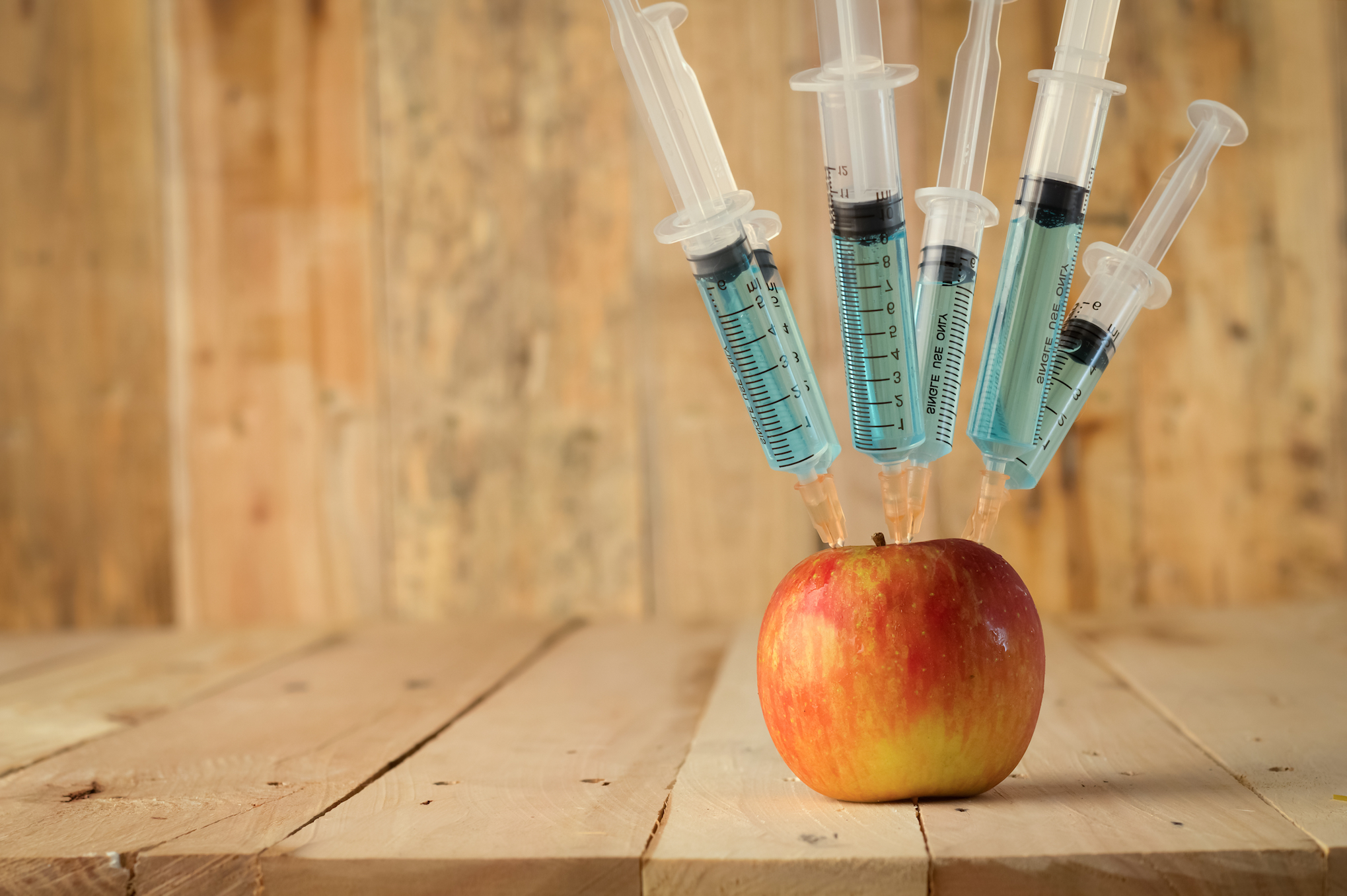
The real problem with GMO crops
Many people worry about their personal health when it comes to GMO crops. Individual health is a real problem, as there is possibly a link between increased allergy sensitivity and GMO grain crops.
But my own health isn’t my first concern when it comes to genetically engineering food, at least not directly. GMO crops are often modified in way more consistent with modern industrial agriculture than the organic, environment based farms that most traditional crops evolved in.
What does increased industrial agriculture mean for the consumer? Industrialization of our food supply has wide reaching implications, but first, let’s talk about chemicals. Many GMO crops are designed to be more dependent on products such as the herbicide Roundup. This means that the plant can survive being sprayed with an herbicide that destroys ‘pesky’ weeds. Fertilizers are also used in heavy dosages in conjunction with GMO crops. A part of the reason so many fertilizers are used is because the ecology of the soil that naturally creates nutrition is destroyed with large dosages of toxins, such as herbicides and pesticides. The end result of this process is a plant alone in a sterile, artificial environment, with less insects, less fungi, less microbes and less other plants, all of which contribute to the health of the environment.
Of course the use of pesticides has gotten plenty of coverage in the media, especially neonicotinoid pesticides which cause colony collapse disorder in bees. The problem goes far beyond honey bees and pollination though. True pesticides may be devastating honey bees but it doesn’t stop with insects we all know and love. The invertebrate world is incredibly complex and much of the diversity of the rest of the animal (and plant and fungi) world rests on the humble invertebrates. We’re also destroying butterflies as well as crop ‘pests’ and insects bats, frogs, lizards and birds depend on for survival.. not to mention soil invertebrates that create living nutrition that feeds plants.
Fertilizers also go only so far. Sure, a synthetic fertilizer will keep plants alive and give them some nutrition, but only to a finite extent. Plants can give us only what we put into them. Things like dung and worm casings, further processed by fungi and microbes, create many compounds. Traditional synthetic fertilizers mainly contain Nitrogen, Phosphorus and Potassium; the bare basics that are needed to keep a plant healthy. Soil nutrition is important and we need plants with more than the three basic nutrients. Soils that are treated only with artificial fertilizers become increasingly poor; soils that are allowed to develop their own ecology and nutrition naturally can become richer over time. The difference is nutrition we evolved with and nutrition we invented for the modern convenience of industrial processes. Runoff from fertilizers also causes problems, creating things like algal blooms that choke wetlands and create oxygen free water ways, killing fish and other aquatic organisms.
Food security may be one of the biggest problems that GMO crops create. Through the history of the human race, we’ve probably bred millions of different plants. Many of the plants were bred in a specific environment, for specific conditions. Some crops ripen faster, some slower. Some food plants need a lot of water, some are drought tolerant. Plants can survive intense heat or crippling cold depending on the conditions they evolved in. As a whole group the incredible diversity of and in different crops adds up to not putting all our eggs in one basket. If you grow three types of tomatoes, two types of cucumber and five carrot varieties, it seems unlikely all will fail because of the same factor unless there is a catastrophe.
GMO crops on the other hand are replacing local, traditionally developed crops with monocultures that thrive under the same, standard conditions. GMO crops are usually clones so there isn’t any genetic variation even within a single variety unlike traditional crops. A monoculture is more vulnerable to a devastating failure from one disease, one cold snap, one heat wave, one drought. As more of the world grows the same few crops, the whole global food supply becomes increasingly fragile. Foods also become increasingly boring. Look at the difference between a thriving farmer’s market and the produce section of your local Wal-Mart.
The overall impact of the process creating GMO foods is a problem few think about when considering GMO food. Genetically modified crops, dependent on industrial farming, are more dependent on oil than organic foods. The real problem isn’t in an individual plant’s genes but in the process of growing that plant.
GMO may have a place. It’s hard to entirely discount things like golden rice, designed to give more nutrition to impoverished children. It’s unlikely that most crops, swapping genes between (mostly) other plants will be dangerous to human health. Evolution through natural or artificial selection changes the prevalence of genes in a population all the time. The problem is the process and the scale. The problem comes when all the crops are GMO. The problem increases when farms are industrial rather than subsistence. Local farms engaging as many local people as possible in their own food production is probably the best way to ensure good food and a healthy environment.
—
By Zach Fitzner, Earth.com Staff Writer













